Handfuls of baby bats rescued from electrocuted mums in “horror season”
IN A horror period with more than 20 orphan baby bats have been taken into care in Sydney’s west in just a few weeks, a WIRES education program is allowing a few lucky people each month a glimpse into a bat colony.
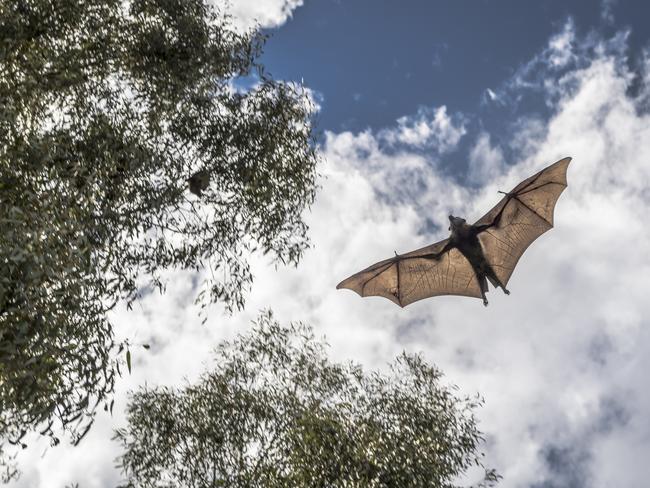
Parramatta
Don't miss out on the headlines from Parramatta . Followed categories will be added to My News.
IT’S been a horror year for WIRES bat carers in Sydney’s west. In a matter of weeks they’ve cared for 20 babies, a huge rise on previous years.
WIRES North West bat co-ordinator Caroline Clarence has been a carer for five years and said this year’s baby season had been the worst.
Across Sydney the statistics equates to five to 10 baby bats rescued each day.
“A lot of their mothers are electrocuted on power lines. We’re trying to get people to look up. If they see a bat, report it — a baby can survive up to three days,” she said.
Other times they can fall off their mother.
“We’ve had a horror year. It’s sad thinking they’re hanging onto their dead mum freezing and starving to death.”
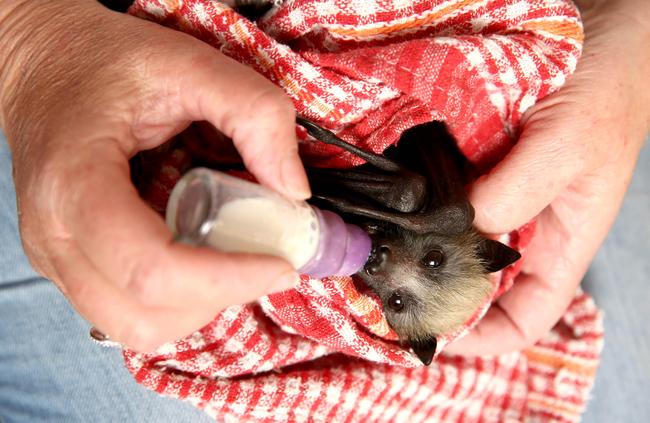
Ms Clarence, who lives in Kellyville, said she’s always been interested in animals but it was a talk just over five years ago that nudged her towards the unusual creatures.
“They’re intelligent, funny and when they look into your eyes, you’d swear they have a soul,” she said.
“When you rescue them from wire or netting they’re afraid but when you care for them you can see in their eyes they relax. They know you’re there to help them.”
Under Ms Clarence’s care, the babies are fed five times a day.
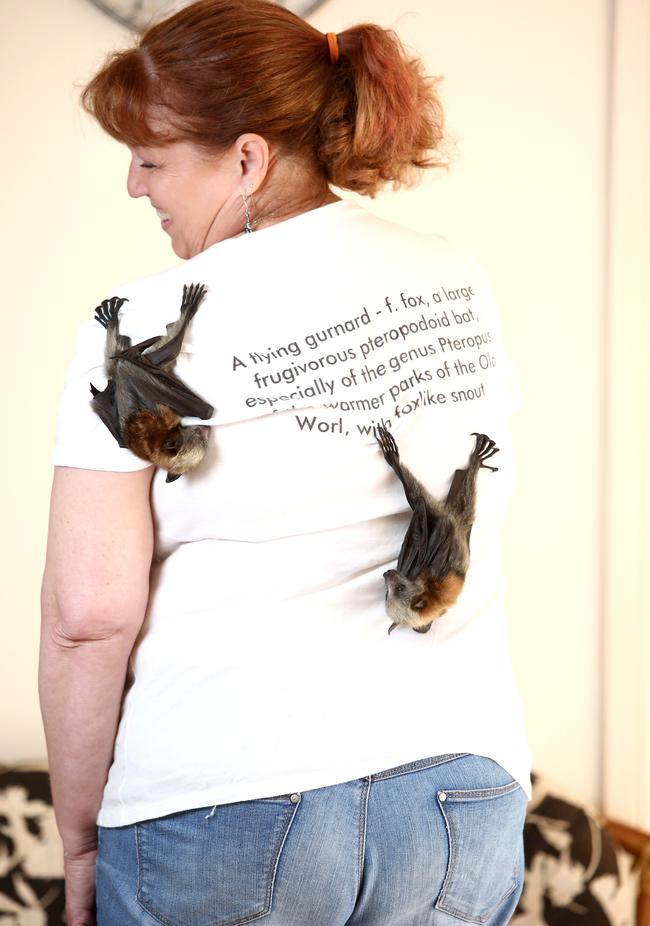
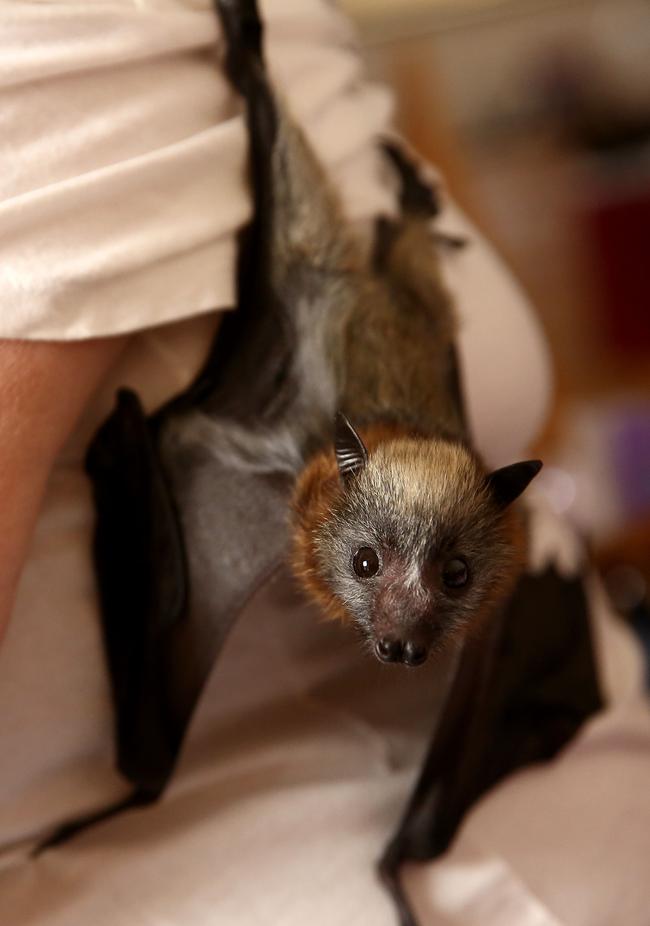
It is a mix of cow’s milk supplemented with calcium and glucosin.
As they get older they start on soft food and by the time they’re ready to fly the coop, it’s normal fruit like any other bat.
Like humans, each of the bats the Kellyville woman has cared for has had a different personality.
“There are bold ones, shy ones and scaredy cat ones,” she said.
“Every year you’ll connect with one or two better where they’ll come to you for food, be hand fed and want to be with you all the time.
“I had one who loved cuddles and to nuzzle into my face.”
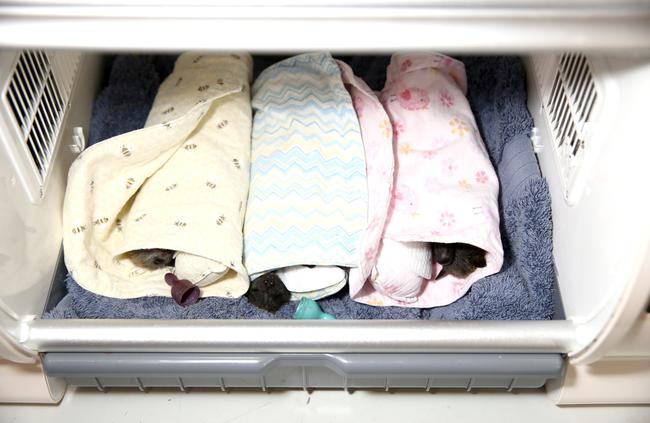
But it was a black flying fox delivered to her from Casino after a heatwave that has left the biggest impression.
“They had 400 bats delivered to carers across Australia,” she said.
“She’d been to a couple of carers already but she really came out of her shell.
“She was affectionate and like to hang off me. I’d wear an old flannel shirt and she’d be hanging off the tail of my shirt.
“It’s amazing to watch them develop and their personalities come out.
“You get to the end of caring for them and it is sad, but so rewarding.”
WESTERN SYDNEY’S BAT COLONY UP CLOSE
A team of volunteers are helping people get up close to western Sydney’s bat colony.
The bats at Parramatta Park are one of Sydney’s only accessible colonies in the Sydney basin and WIRES is giving 20 people each month a glimpse into their world.
WIRES North West received funds from Parramatta Council running a trial in April.
Following its success they’ve held one each month.
Chairperson Deborah Martin said they’ve been booked out since.
“We started in April and thought it’d be a great way to educate the community,” she said.
“We’re so lucky in Parramatta Park to have a permanent and accessible colony of bats.
The bat colony at the park fluctuates between 10,000 and 20,000 at any one time, which is dependent on food availability within flying distance.
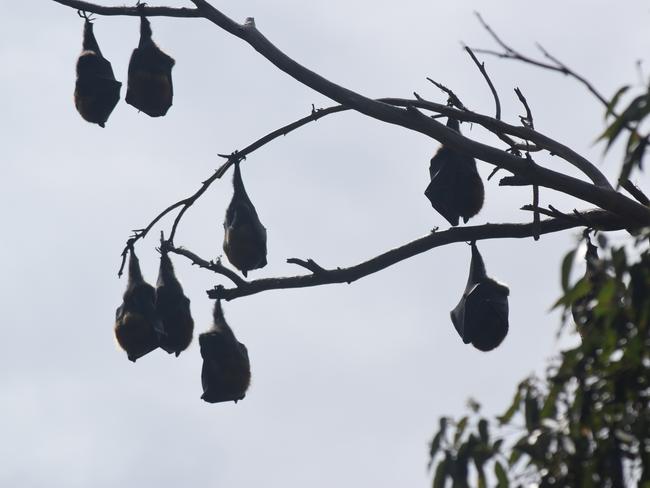
At the bat night, carers from the branch talk about mega bats, micro bats and the bats that reside in Parramatta Park.
It’s a real family affair, with children encouraged to participate in bat-related craft.
“Then we watch them fly out. They go wherever there is food,” she said.
“We have no idea how they work out where that is but they love native eucalypts and other native plants in flower.
“Research tells us they travel up to 50km for food but that can vary, particularly when females have babies still attached to them.”
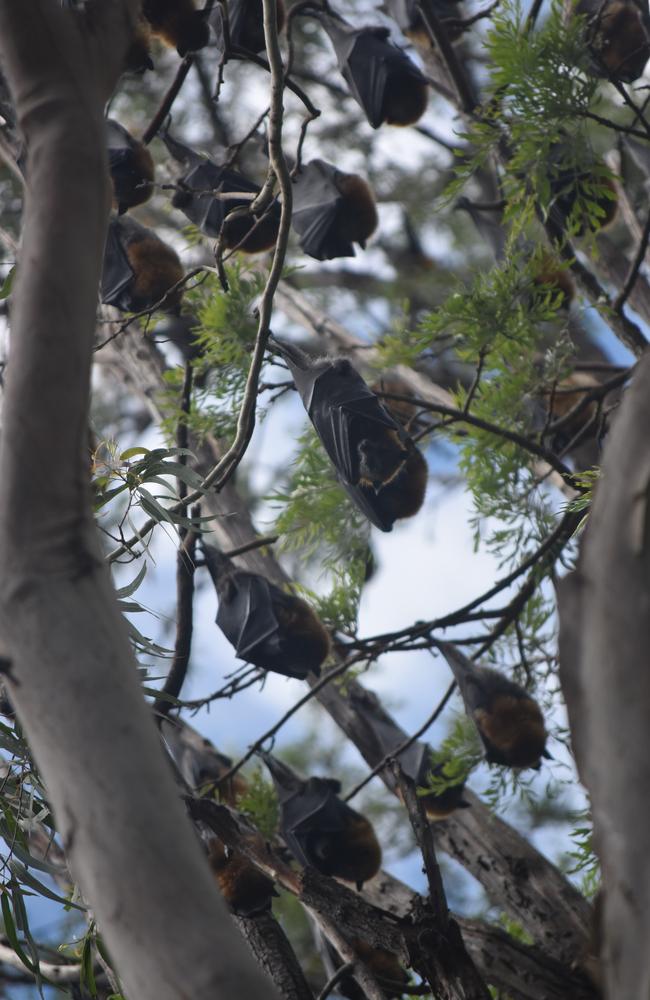
WIRES carers often get calls at this time of year when babies start emerging from October through to December.
“It’s the busiest time for babies coming in (to care),”she said.
“Last year we had a really bad year as there wasn’t a lot of food around.
“There were lots of undernourished bats and babies,” she said.
“This year we’ve had 20 rescues. The babies stay with their carer for up to 12 weeks — they’re bottle-fed five to six times a day and when they get to the naughty teenager stage, they’re taken to a bat cage at Lane Cove National Park where they learn bat language and forget about their doting carer.”
When they’re ready they have a soft release. The door is opened and they can come and go as they please until they full assimilate with the bat colony.
“We need to appreciate the role they play in pollinating native trees. There is a misconception there are a lot of them but if we had a 20 per cent drop in the human population over 20 years, people would be up in arms. There is research that suggests by 2050 the bats could be extinct.”
BAT CRAZY
WHAT Watch up to 20,000 bats take to the sky at sunset on their nightly search for food
WHERE Parramatta Park
WHEN November 25 and December 16
DETAILS Email wiresnwbatnight@gmail.com
RABIES POST-EXPOSURE TREATMENT ON RISE
It’s bat breeding season and NSW Health has warned people to avoid contact with them as they can carry serious diseases.
More than 140 NSW residents have been given rabies post-exposure treatment this year after being bitten or scratched by a bat to avoid contracting lyssavirus.
Communicable Diseases Branch director Vicky Sheppeard said four bats were confirmed with the lyssavirus in NSW this year and infection results in a “rabies-like illness”.
If not prevented it can be fatal.
“Lyssavirus-infected bats have been found in most parts of NSW, including in metropolitan Sydney,” Dr Sheppeard said.

“During the bat birthing season in October and November, we find people are more likely to come in contact with bats, as young and miscarried pups may be on the ground, prompting people to pick them up or attempt to rescue them.
“Always assume that all bats and flying foxes are infectious. People should steer clear of bats at all times.”
WIRES North West chairperson Deborah Martin said one in 100 bats carry lyssavirus. “If you don’t handle them, you’re not at risk,” she said.
If you’re bitten or scratched, thoroughly clean the wound with soap and water, apply an antiseptic and seek urgent medical advice.
Find an injured or distressed bat — contact WIRES on 1300 094 737


